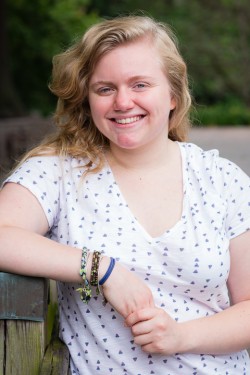Excavations In French Guiana
02/28/2019
With the help of WAC and Cater alumna Elizabeth Clay, Madison Kaye ’19 spent four weeks in the summer of 2018 in French Guiana. During her time there, she excavated a house and two trenches, contributed towards a better understanding of slavery at Habitation la Caroline (a 19th century spice plantation), and helped to fill in the gaps in the archaeological record left by previous plantation excavations.

Excavations in French Guiana
Madison Kaye ’19 spent four weeks in French Guiana conducting faunal analysis and
excavating a house in what used to be a slave quarter. With the help of WAC and Cater alumna Elizabeth Clay, Madison Kaye ’19 spent four
weeks in the summer of 2018 in French Guiana. During her time there, she excavated
a house and two trenches, contributed towards a better understanding of slavery at
Habitation la Caroline (a 19th century spice plantation), and helped to fill in the
gaps in the archaeological record left by previous plantation excavations.
“One myth perpetuated by historians in French Guiana, still a colony controlled by
France, is that slavery before emancipation in the mid-1800s was less severe because
clove production, their main export, was primarily task-based and did not involve
the intensive labor required for sugar cultivation in other Caribbean colonies. Plantation
archaeology in French Guiana, since its start in the late 20th century, has focused
on the life of the planter and his family with little attention paid to their slaves,”
said Kaye on the troubles faced in the fields of archaeology and history in French
Guiana.
The main take-away from her time in French Guiana: the importance of community involvement
in the archaeological process.